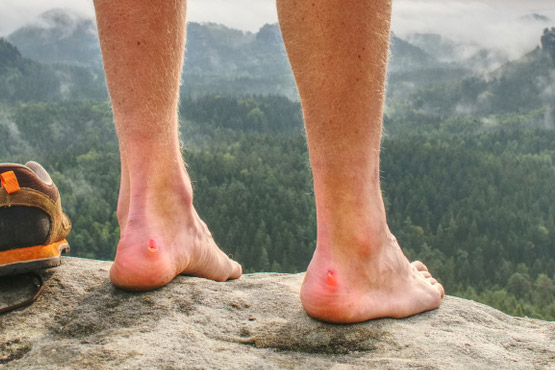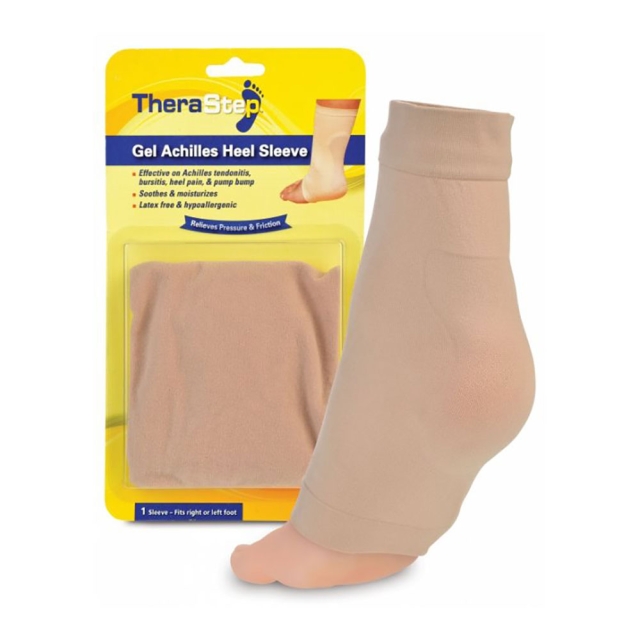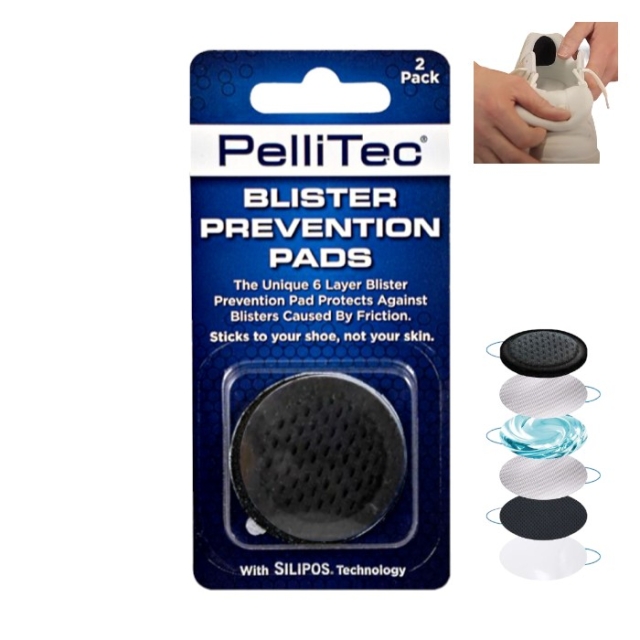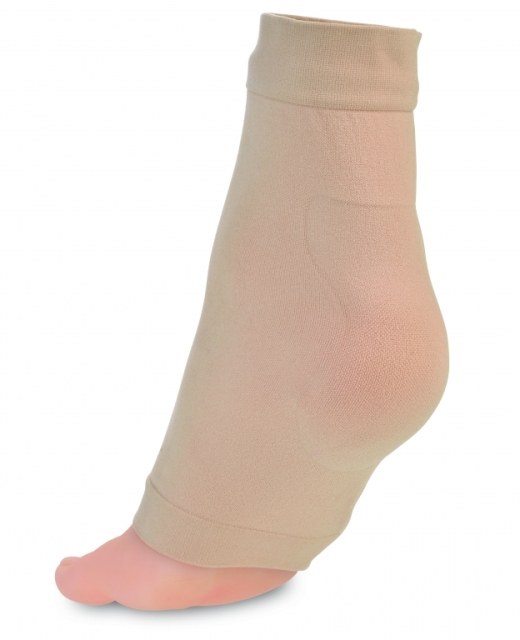What is: Blisters about - how do I get them AND prevent them?

What are blisters?
A blister is a bubble of fluid under the outer layer of skin. The fluid may be clear or filled with blood or pus. There are many possible causes of blisters including a burn, disease, an allergic reaction, or from your skin rubbing against something. Blisters caused by your skin rubbing against something are called friction blisters and most commonly occur on feet or hands.
How do they occur?
You may get blisters on your feet if your shoes or socks don't fit well and rub uncomfortably. Athletes and hikers often get foot blisters.
Blisters usually occur at the start of a new sports season or exercise program, after wearing new shoes, or when the weather is hot and humid.
What are the symptoms?
When the skin becomes irritated, fluid collects underneath the outer layer of skin. This can be quite painful. The surrounding area may be red, sore, or swollen. Blisters can be very small or quite large.
Most blisters are filled with clear fluid. If the fluid is bloody it usually means that a lot of force caused the blister. If the blister is filled with pus it is probably infected. The blister as well as the tissue around the blister can get infected. Infected blisters are very painful, they may be swollen and hot and you may even have a fever.
How are they treated?
It is best to leave most small blisters alone. They should be kept clean and covered with an antibiotic ointment and a bandage. Putting a little petroleum jelly around the blister or the part of a shoe that causes the irritation may reduce friction.
You can also use moleskin to protect a blister. You can buy moleskin at a drug store. Use the moleskin to make a "blister donut" to put over the blister. Do this by cutting a hole in a piece of moleskin that is bigger than the blister. Then put the moleskin on your skin with the "donut hole" over the blister. Cover the moleskin with a bandage.
Blisters usually drain by themselves. The overlying skin is a natural protective layer. It should be left in place until it is very dry and the underlying skin has become tough and painless. Then you can trim off the layer of dry skin.
Large blisters may need to be drained. It is important to do this in a way that does NOT cause an infection. Always use a sterilized needle to drain a blister. The needle should be sterilized by heating it with a flame until it is red hot and then allowed to cool. You can also sterilize a needle with rubbing alcohol. Use the needle to puncture the edge of the blister in several places. Make the punctures wide enough so they do not reseal. Cover the area with antibiotic ointment and a bandage.
If you have a blister that becomes infected, you need to see your health care provider. Your provider may want to prescribe you an antibiotic.
When can I return to my sport or activity?
Most blisters last about 3 to 7 days. Sometimes blisters are so large or painful that you may miss a few days of activity. You can play your sport if you can tolerate the discomfort of the blisters and they are well protected. You should not play if your blisters are infected.
How do I prevent blisters?
Try to minimize rubbing against your skin using the following guidelines.
Make sure that your shoes fit well.
Don't wear wet shoes or socks.
Try wearing two pairs of socks to ease friction against foot.
Put athletic tape or a bandage over sore spots.
For plantar blisters (ball of foot or heel) try PORON Insoles.
Try Pellitec anti blister pads.





